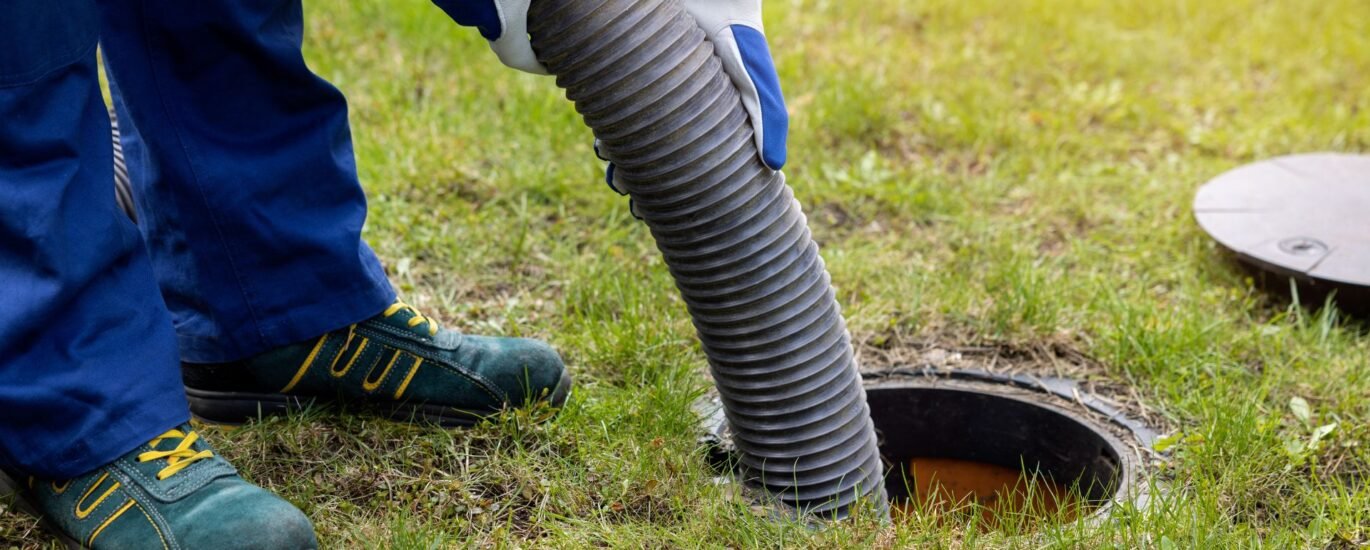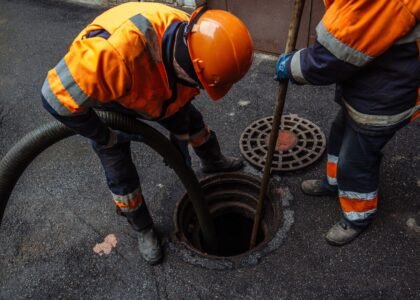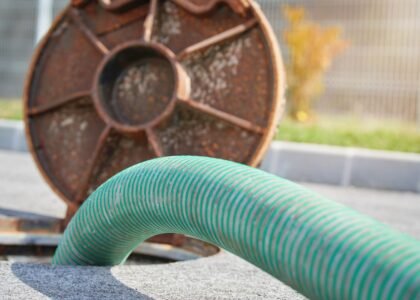Introduction
Sewer line problems can turn into a homeowner’s nightmare if not addressed promptly. From slow drains to unexpected backups, understanding sewer line cleaning is crucial to maintaining a healthy plumbing system. In this guide, we’ll explore why sewer line maintenance matters, common warning signs, and the methods used to keep your pipes flowing smoothly.
Why Sewer Line Cleaning is Essential
Sewer lines handle all the waste from your home. Over time, debris, grease, and tree roots can build up inside the pipes. Neglecting your sewer line can lead to:
- Blockages – causing slow drains and water backups
- Foul odors – indicating trapped waste or gas leaks
- Pipe damage – from pressure buildup or corrosion
Regular maintenance ensures your plumbing system works efficiently and prevents costly repairs. For more detailed cleaning methods, visit our sewer line cleaning page.
Signs You Need Sewer Line Cleaning
Recognizing issues early can save you headaches. Watch for these common warning signs:
- Multiple clogged drains – especially in the kitchen and bathrooms
- Unpleasant smells – emanating from drains or the yard
- Slow flushing toilets – even after plunging
- Pooling water in the yard – which could indicate a pipe break
If you notice these signs, it’s time to schedule professional sewer line cleaning. You can contact us here for more information.
Common Sewer Line Cleaning Methods
Plumbers use several techniques to clear clogged or dirty sewer lines. Some of the most effective include:
- Hydro Jetting
- High-pressure water blasts through pipes to remove grease, roots, and debris
- Eco-friendly and highly effective for stubborn blockages
- Snaking or Augering
- Mechanical snakes break through clogs
- Suitable for minor blockages and routine maintenance
- Camera Inspections
- Advanced cameras inspect the interior of pipes
- Helps identify blockages, cracks, or root intrusion before major issues occur
Each method ensures your sewer line remains clean and fully functional.
DIY vs. Professional Sewer Line Cleaning
While minor clogs can sometimes be handled at home with plungers or drain cleaners, professional cleaning provides:
- Complete removal of debris
- Early detection of structural issues
- Prevention of recurring blockages
Professional service reduces the risk of causing pipe damage during DIY attempts. For safe and thorough cleaning, reach out to our team.
Preventive Tips for Homeowners
Keeping your sewer line clean isn’t just about reacting to problems. Try these preventive strategies:
- Avoid flushing grease, oils, or large food particles
- Limit the use of chemical drain cleaners
- Plant trees away from sewer lines to prevent root intrusion
- Schedule periodic professional inspections and cleanings
Following these tips ensures longevity and reduces the chances of unexpected backups.
Conclusion
Sewer line cleaning is a vital part of home maintenance. Understanding the signs, methods, and preventive measures can save time, money, and stress. For a comprehensive look at sewer line solutions, check out our sewer line cleaning services, or contact us today to discuss your needs.



